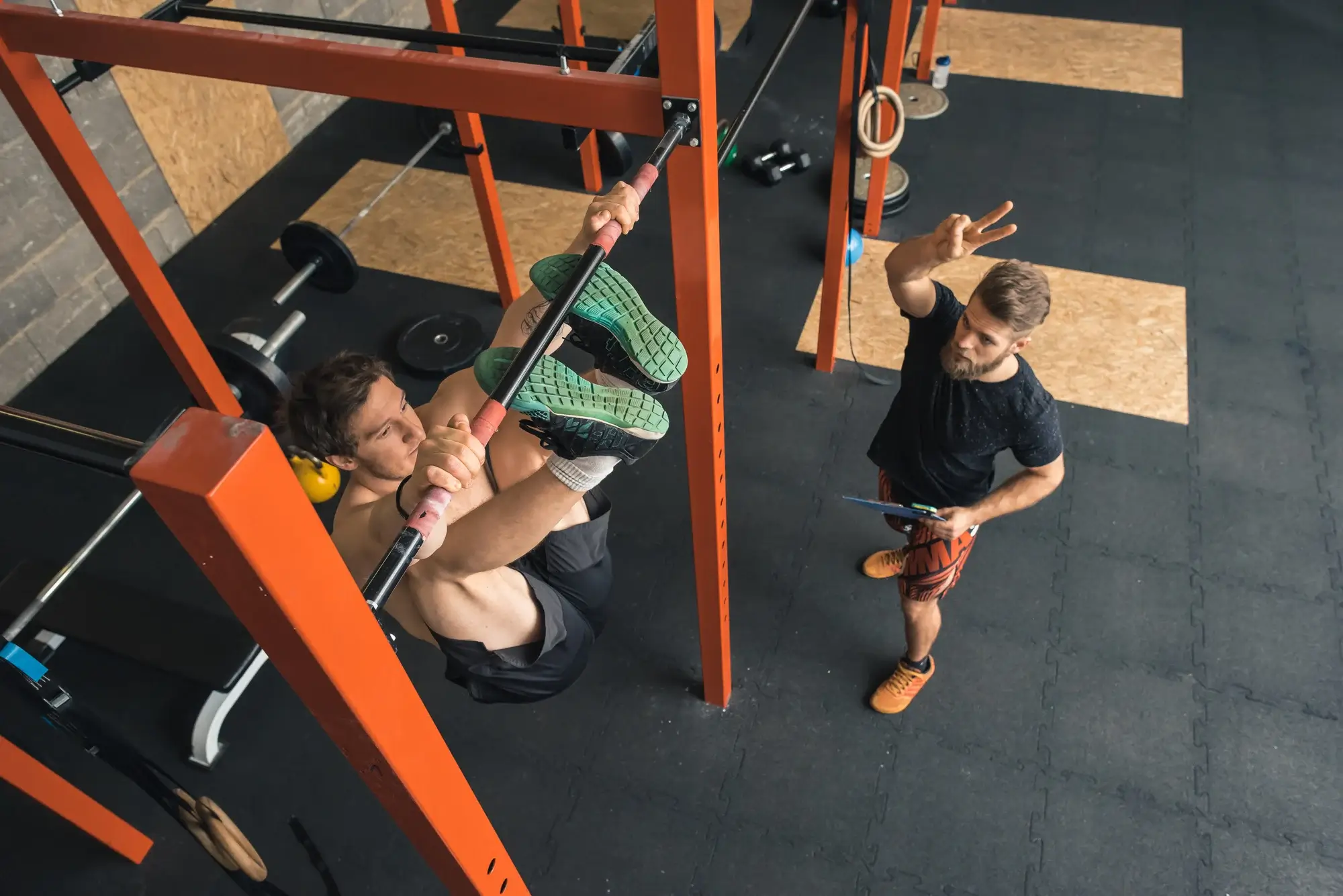CrossFit has gained immense popularity for its high-intensity, varied workouts that challenge participants both mentally and physically. While the benefits are undeniable, it’s crucial to consider the impact of CrossFit on joint health for long-term well-being. Let’s explore how CrossFit influences joint health and discover actionable tips to maintain a healthy balance. For expert care and personalized guidance on your joint health during your CrossFit journey, contact Specialty Care Clinics at (469) 545-9983.
Understanding CrossFit and Joint Stress:
CrossFit involves a mix of weightlifting, cardio, and gymnastics, providing a comprehensive workout experience. However, the high-impact nature of some exercises can put stress on joints, potentially leading to issues if not approached with caution.
The Importance of Proper Form:
One of the keys to preserving joint health during CrossFit workouts is maintaining proper form. Incorrect form can increase the load on joints and contribute to unnecessary wear and tear. Invest time in learning and practicing correct techniques for each exercise to mitigate this risk.
Gradual Progression and Scaling:
In the world of CrossFit, the temptation to push one’s limits is ever-present. However, gradual progression is crucial to prevent overloading joints. Scale workouts based on individual fitness levels, gradually increasing intensity to allow joints to adapt without unnecessary strain.
Incorporating Mobility Exercises:
To counteract the potential stiffness and reduced range of motion associated with intense workouts, include mobility exercises in your routine. Target areas commonly stressed during CrossFit, such as hips, shoulders, and ankles, to enhance flexibility and joint mobility.
Prioritizing Recovery:
Recovery is paramount for joint health. Adequate rest between workouts allows joints to recover and reduces the risk of overuse injuries. Consider incorporating rest days into your routine and explore activities like yoga or swimming to promote active recovery.
Nutritional Support for Joint Health:
An eating plan that is well-balanced is essential for maintaining joint health. Include foods rich in omega-3 fatty acids, antioxidants, and collagen, which contribute to joint strength and flexibility. Seek advice from a nutritionist for individualised dietary suggestions.
Joint-Friendly CrossFit Modifications:
Modify CrossFit workouts to make them more joint-friendly. For example, substitute high-impact exercises with alternatives that reduce stress on joints while still maintaining overall intensity. Consult with coaches to tailor workouts to individual needs.
Regular Monitoring and Adaptation:
Listen to your body and be attentive to any signs of joint discomfort. Regularly assess your training routine and be willing to adapt based on how your joints respond. Ignoring warning signs can lead to more serious issues in the long run.
Conclusion:
While CrossFit offers a dynamic and effective fitness regimen, the impact on joint health cannot be ignored. By adopting a mindful approach, implementing proper techniques, and prioritizing joint health, enthusiasts can enjoy the long-term benefits of CrossFit without compromising their well-being.
Strike a balance between pushing boundaries and safeguarding joint health. Remember, fitness is a journey, and ensuring joint well-being is an integral part of that journey. With these tips in mind, embrace the challenges of CrossFit while nurturing the longevity of your joints for a healthier, more sustainable fitness experience.


